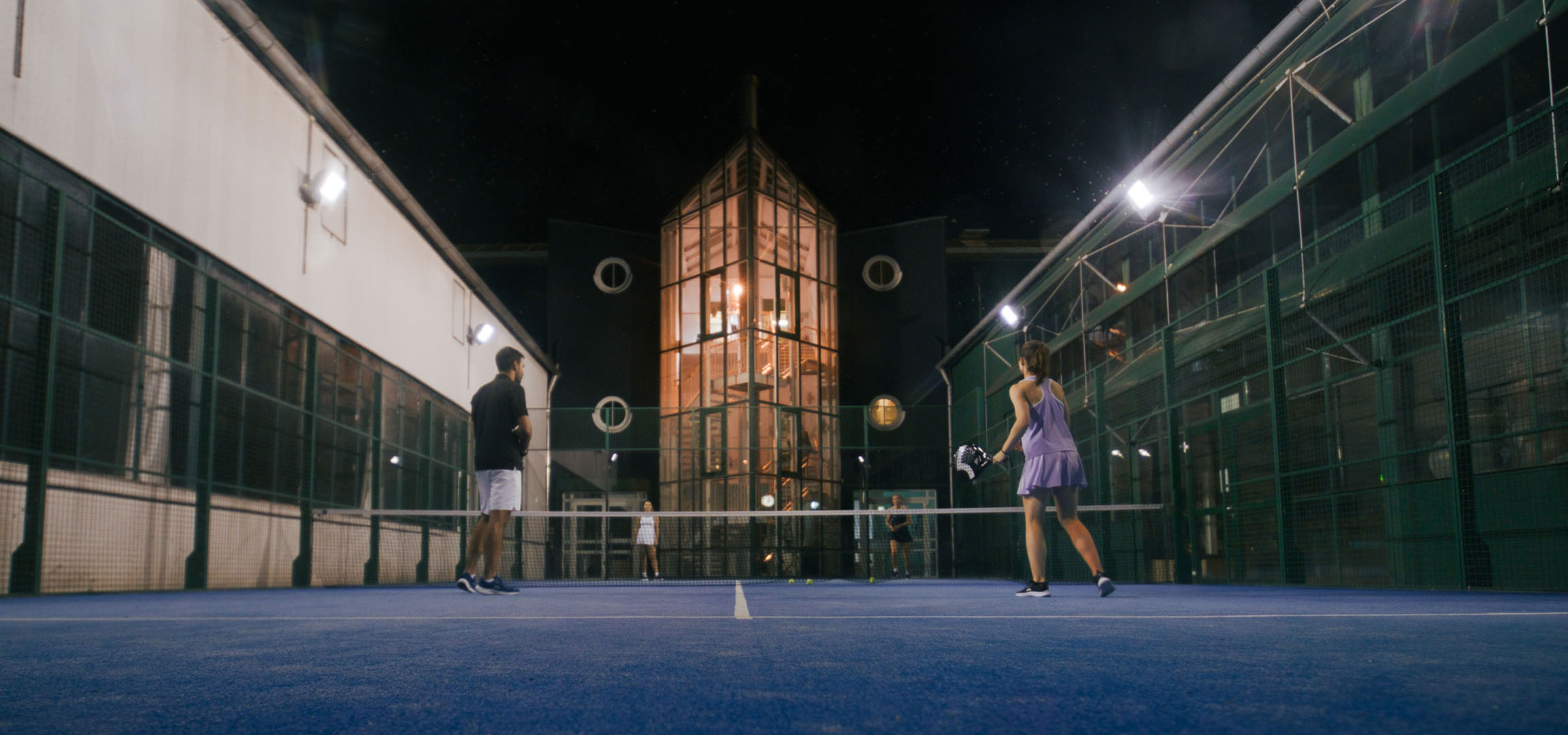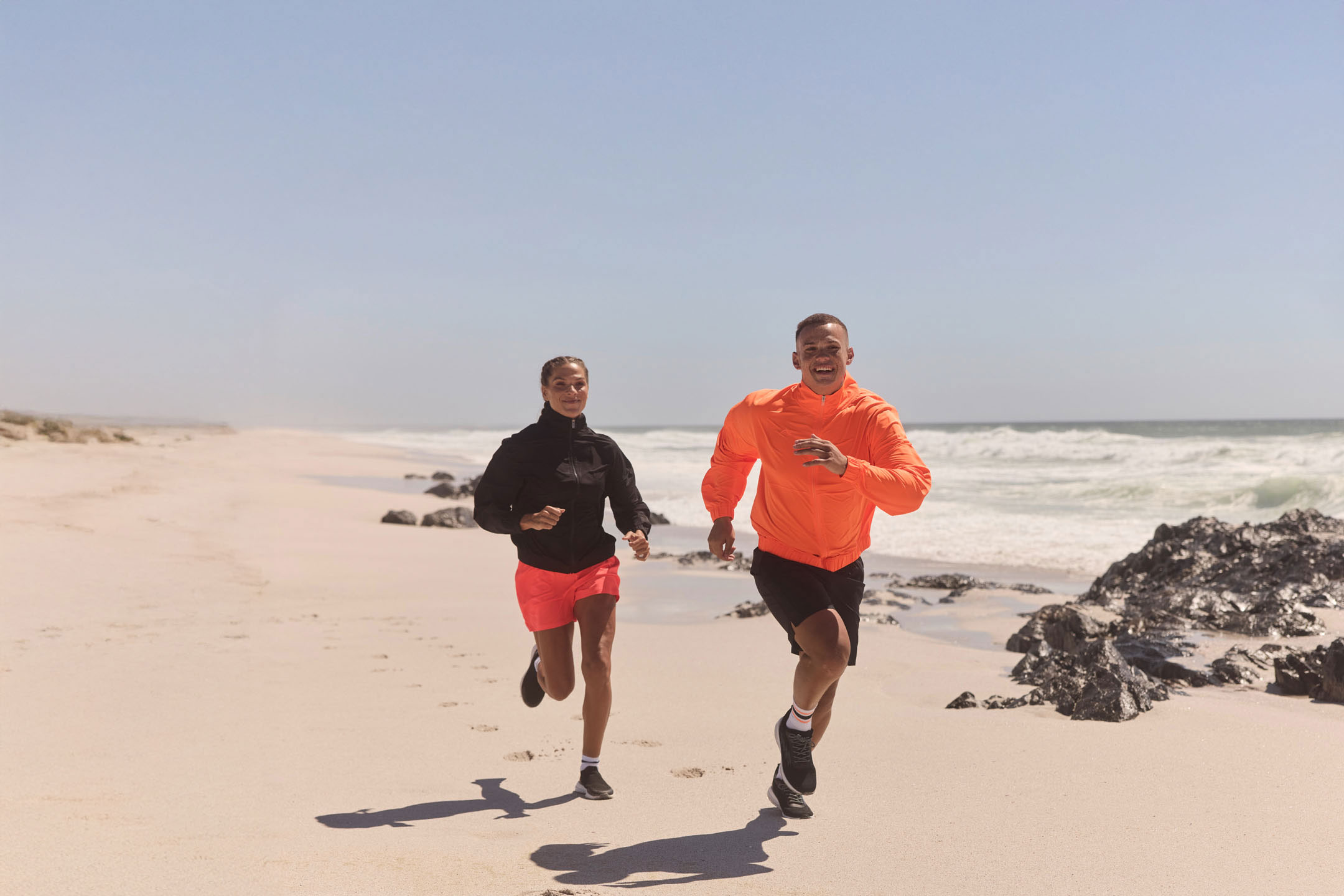Learn to play padel: Essential beginner tips for getting started
Padel is suitable for all levels and ages and is the perfect introductory sport as it is easy to learn and is also suitable for beginners to develop a feel for handling the racket. Fast rallies and team play make this mix of tennis and squash a lot of fun. Lana, professional padel player and member of the German national team, tells you what makes padel so special and why you should definitely give this sport a try.
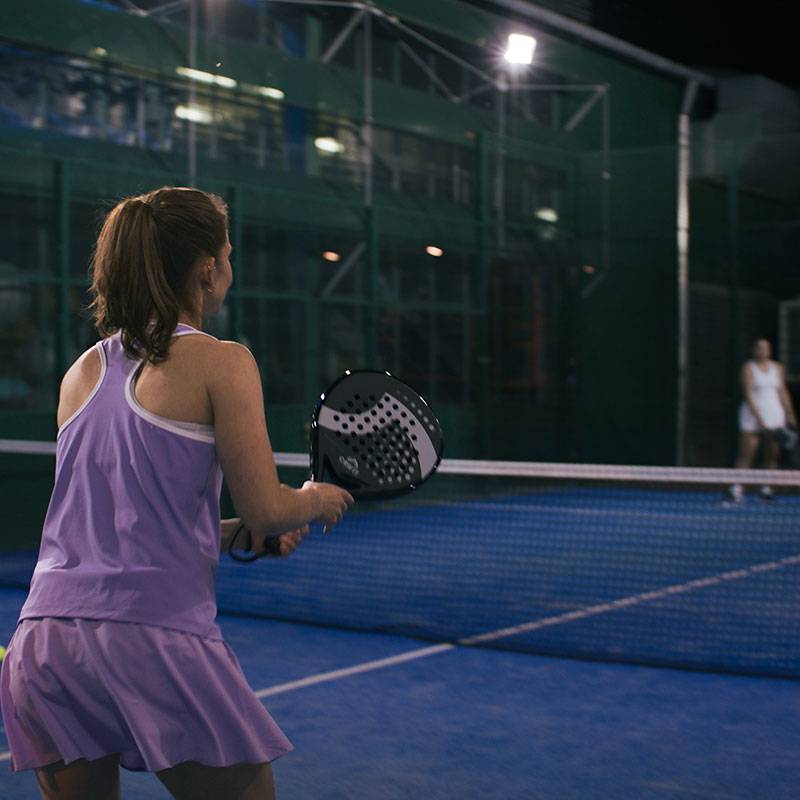
What is padel? Learn the basics of playing padel
Padel, also known as padel tennis, is a setback game played in doubles. It is similar to tennis, but is played on a smaller court with walls. The special feature: the walls are part of the game and can therefore be used either to play back or for clever defence. Padel is therefore not just about skill and technique, but also about tactics. All this makes the game dynamic, exciting and beginner friendly. Perfect if you want to progress quickly.
Why padel is so popular: Fun, fitness and team spirit
"For me, exercise is one of the keys to a healthy, fulfilling life," says Lana. "It brings us into the moment, releases happiness hormones - and lets us feel ourselves again. Your own body, your own energy and the connection to others." That's exactly what Lana finds in padel. Padel is playful, dynamic and social - a combination of technique, endurance, coordination, team spirit and communication. For Lana, padel means one thing above all: the joy of living. Another plus point: padel is good for the soul. "The sport gives me mental strength. It helps to clear my head, reduce stress and be fully in the moment," says Lana. So it's no wonder that padel is becoming increasingly popular in Ireland - for beginners and experienced athletes alike.
Padel vs. tennis: the differences
Most people know how tennis works: there is a court that is marked by lines and a net which the ball is played over. The basic structure and technique of playing padel is similar. The biggest difference is the smaller court size and the walls that can are part of the game. In addition, the ball is slightly slower in padel and the padel racket is smaller. In addition, while in tennis the serve has to be played overhead, in padel it is played from the hips. This makes it much easier for beginners, so that rallies can be achieved after a short time, even without experience.
Essential equipment for playing padel: This is what you need
You don't need expensive equipment to start playing padel. This equipment is enough to get you started:
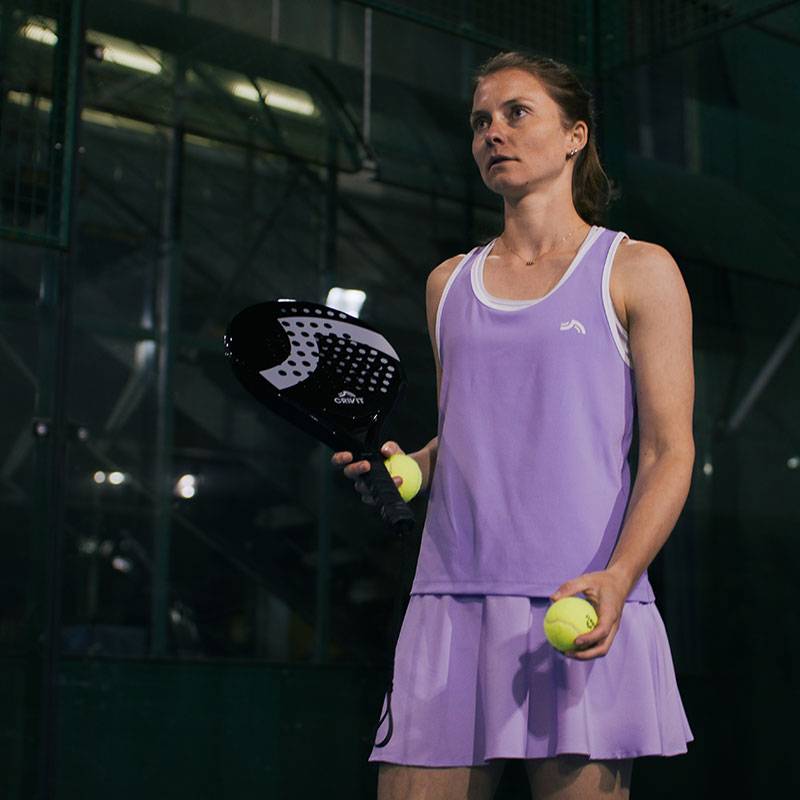
- Padel racket: The padel racket is compact, lightweight and - unlike a tennis racket, which is strung - has holes. It is usually made of carbon or plastic. Its construction also makes it easier to control than a tennis racket.
- Padel balls: The balls for playing padel are similar to tennis balls, but are slightly softer and have less pressure, which slows the game down and makes it more manageable.
- Sportswear: The right sportswear for padel should be comfortable and breathable. You are moving around and will certainly work up a sweat. It is therefore advisable to choose the right clothing.
- Padel shoes: Of course you don't need extra padel shoes. Good runners are perfectly adequate. You should make sure they are comfortable and have a grippy sole to give you a good grip on the court
The rules of playing padel
The padel rules are easy to understand. Nevertheless, you should know them before your first match. Here is an overview of the most important padel rules:
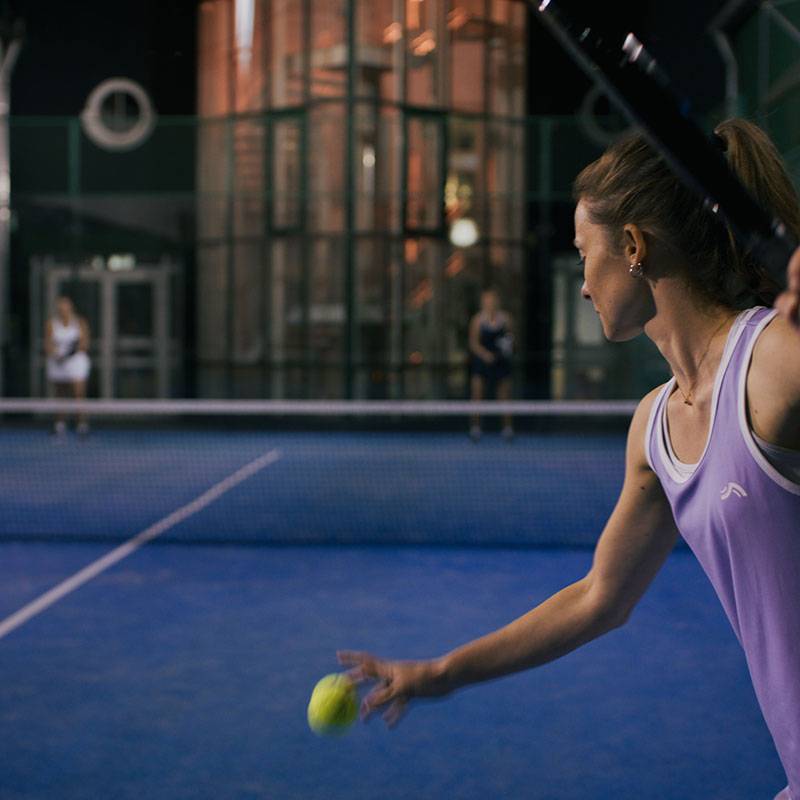
Doubles: Padel is usually played as doubles, i.e. 2 against 2.
Scoring: Points are counted in a similar way to tennis: 15, 30, 40 and game win. Usually 6 games are played. The winner must have a lead of 2 games.
Serve: The ball is served below the hips and diagonally into the opponent's serve area. The ball must bounce once after the serve before it hits the wall or goes out of bounds.
The walls: The walls may be included in the game - but do not have to be. The ball can either be played directly over the floor or over the wall to the opponent. The back walls may also be used.
7 tips to help you learn padel faster
To help you progress quickly when learning to play padel, here are the best tips for beginners:
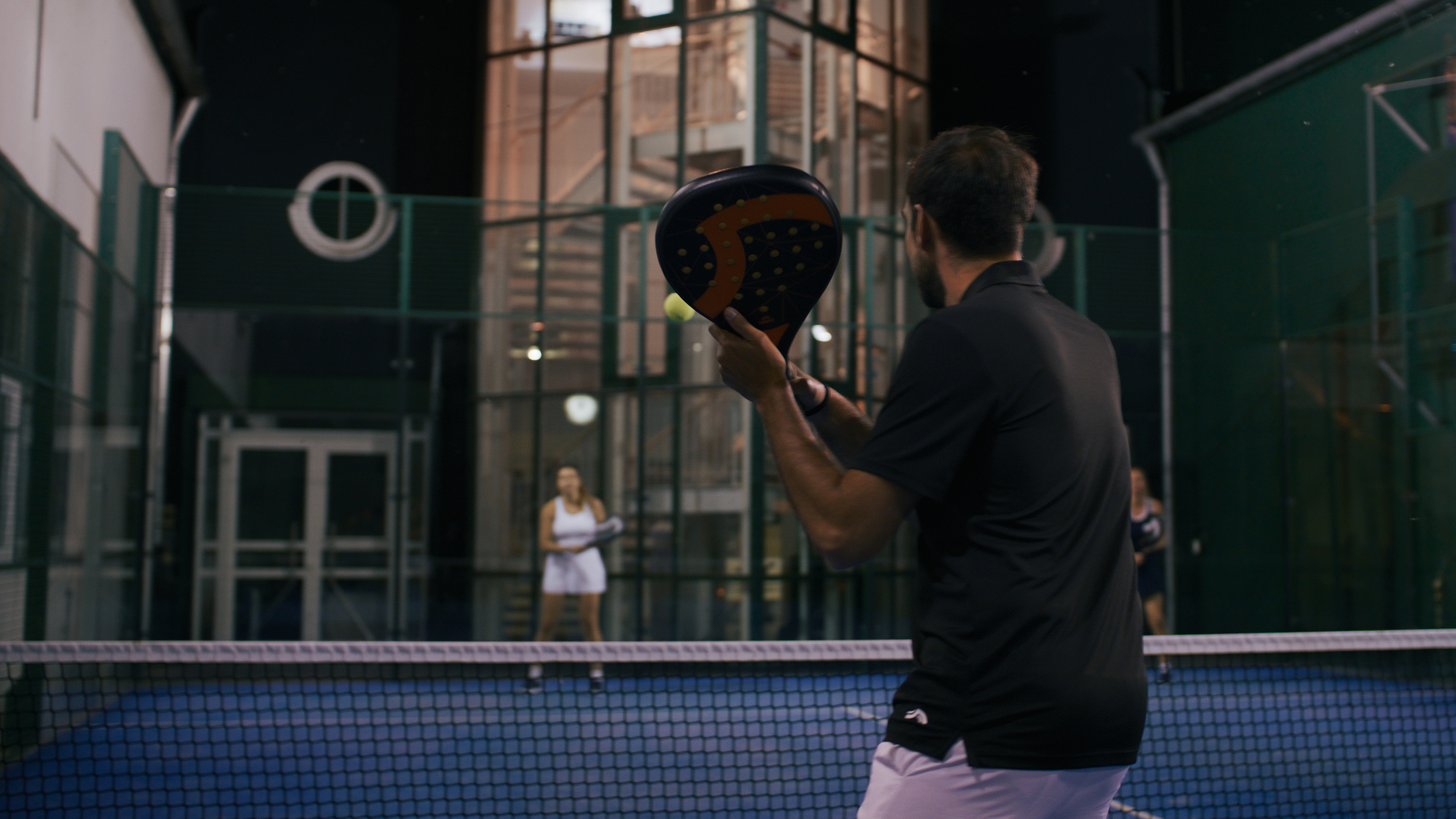
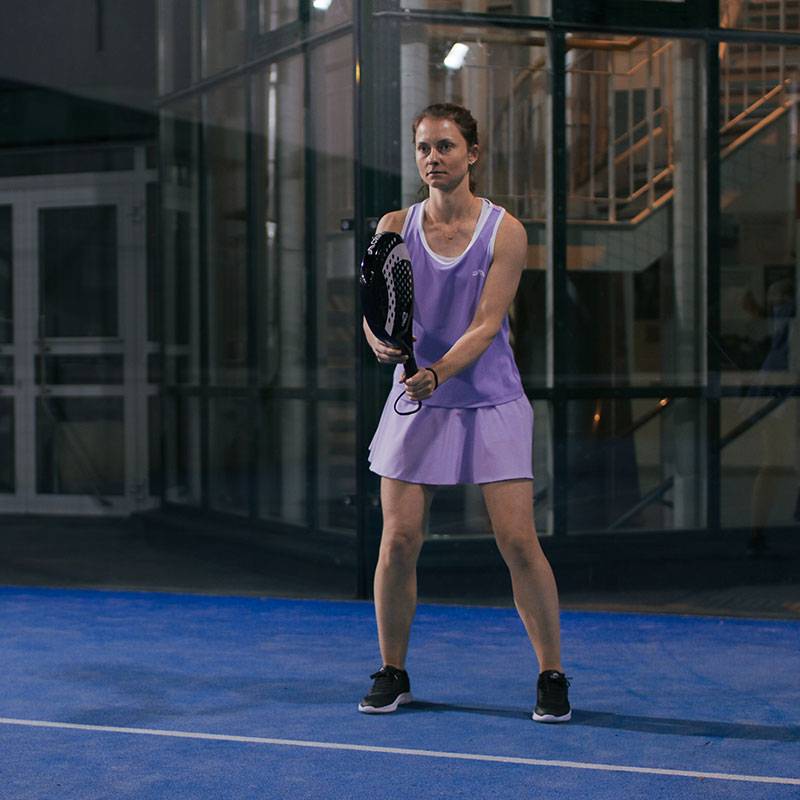
- Take a beginners padel course: many padel clubs offer taster sessions or beginners training courses - where you can learn the basics directly from experienced coaches.
- Master your court position: In padel, the right position on the court is crucial. Stand loosely, feet about shoulder-width apart, knees slightly bent - ready to move in all directions. Don't stay too close to the net or too far back - a good middle ground gives you flexibility.
- Use the wall to your advantage: The wall is your friend - learn how to use it in a tactically clever way. This not only helps you in defence, but also opens up new moves.
- Focus on control, not on power: Especially at the beginning, it helps not to put too much power into your strokes. The aim is control, not power.
- Sharpen your reflexes: Padel is fast - with a little practice you will notice how your reaction time increases.
- Communicate with your team partner: you are playing doubles - talk to your team partner about who is taking which ball. This saves energy and ensures better team play.
- Stay consistent and have fun: the learning curve is steep. Play regularly and progress will come automatically.
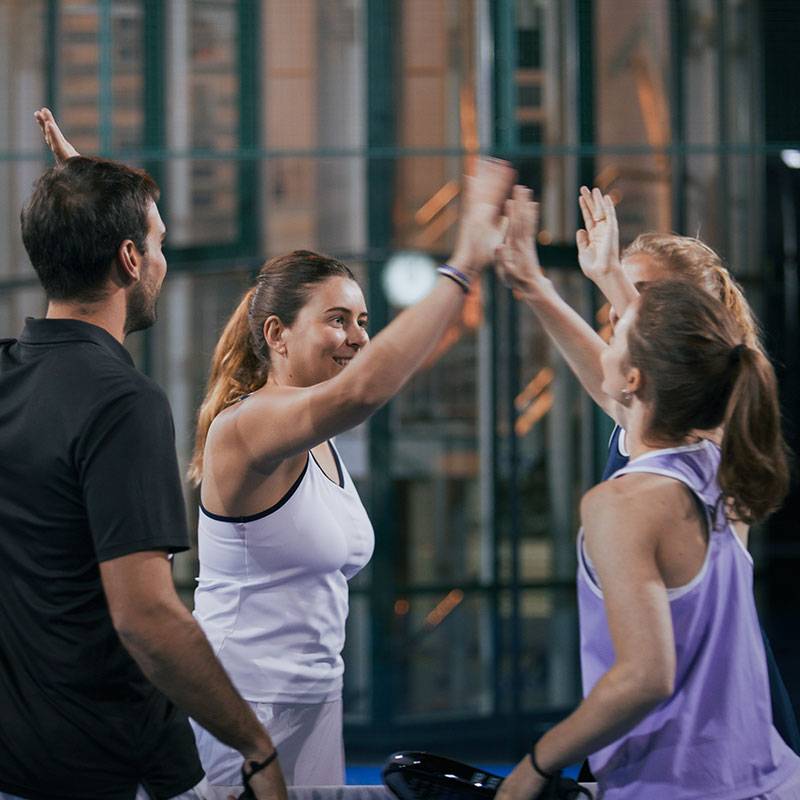
Conclusion: Why you should start playing padel today
Whether you're active or just starting out, padel is the perfect sport to combine fitness, fun and team spirit. The rules are simple, the game is dynamic and you can get started without any previous knowledge. And best of all, you hardly need any equipment and can get started straight away.
So: grab a racket, try it out - and discover the fun of padel for yourself!
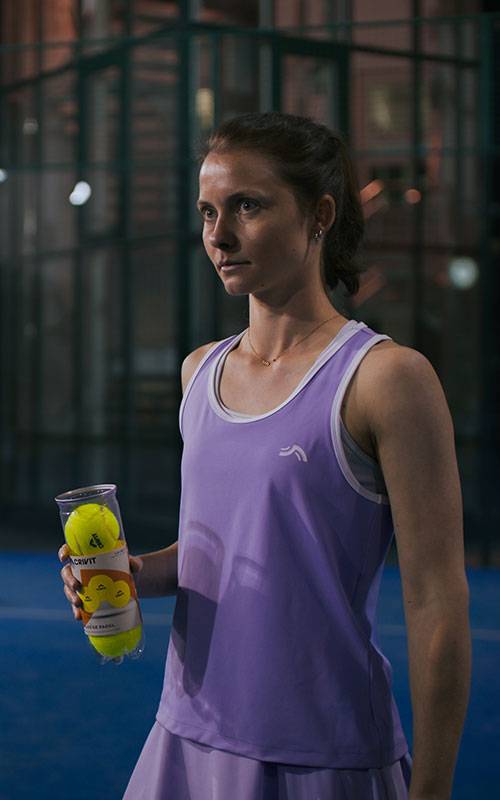
Profile of padel expert Lana
Name: Lana Büttner
Age: 33 years
Profession: Functional health coach, competitive athlete, national padel player
Sporting qualifications:
- Former tennis player
- National padel player for the German national team
- Holistic training to become a Functional Health Coach
That's what makes Lana special: Lana loves to accompany people holistically on their path to better health, well-being and performance. At the same time, she lives her passion for padel, trains intensively and plays for the German national padel team.
